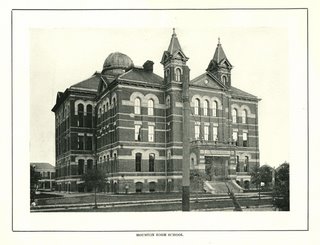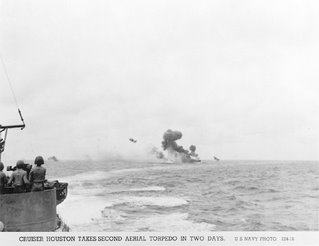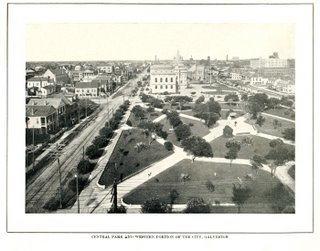Fire at the school


Rather than retell the history of the WWII-era ships named after the city, I wanted to share some items from the ships' history.




Labels: churches, Galveston, photographs

Here's a look at what was on local TV in 1964.
Labels: television
"Mother, I've taken something -- goodbye."
Labels: Houstonians
Thousands of Houstonians crowded the Grand Central Depot at Washington Avenue the night of Nov. 18, 1915, to get a glimpse of the Liberty Bell, which was on tour at the time.
Labels: Grand Central Station, politics

Labels: Main Street, photographs, weather
 The Horne Sanatorium -- located in the Heights -- was named after Dr. J. Alvin Horne. It didn't last long under his management. The building, which later became the Texas Christian Sanitarium, apparently burned in 1915, according to this Web site.
The Horne Sanatorium -- located in the Heights -- was named after Dr. J. Alvin Horne. It didn't last long under his management. The building, which later became the Texas Christian Sanitarium, apparently burned in 1915, according to this Web site.Labels: photographs
 This 1899 advertisement appeared in the Houston Daily Post. Basically, a meeting was called to organize efforts to celebrate the first-ever No-Tsu-Oh carnival.
This 1899 advertisement appeared in the Houston Daily Post. Basically, a meeting was called to organize efforts to celebrate the first-ever No-Tsu-Oh carnival.Labels: city life, downtown, entertainment